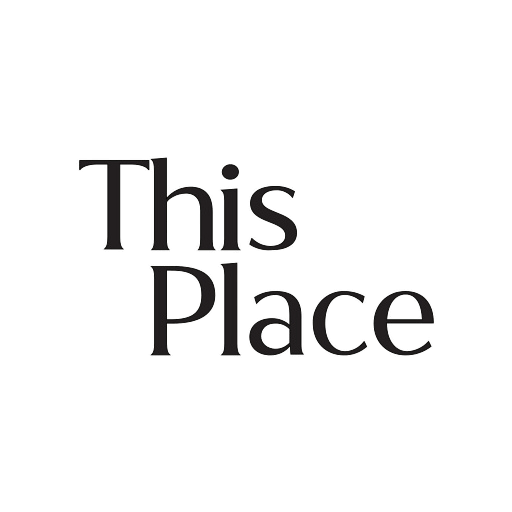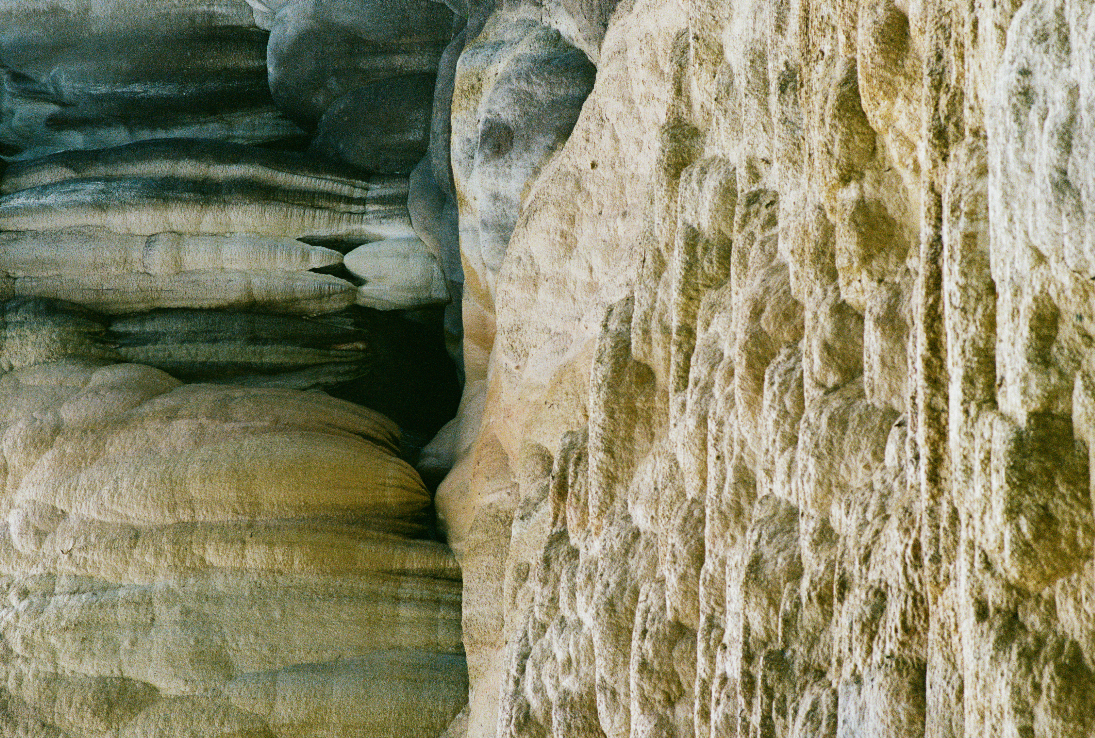Those of us who’ve ever burned our hand or skinned our knee are likely aware that a cold compress can provide effective pain relief. It’s a popular home remedy for sore muscles, tonsillitis and more. We’ve probably used local cold therapy — ‘cryotherapy’ if we want to get technical — a lot more often than we think.
The prefix ‘cryo-’ comes from the Ancient Greek word κρύος or ‘krúos’ meaning ‘cold, icy, chilly or frosty.’ Cryotherapy has not only proven its worth when it comes to inflammation and injuries, but it can also have a positive effect on many other aspects of your health, such as our sleep.
What is cryotherapy exactly?
Cryotherapy is an ancient alternative healing method that uses coldness to relieve pain and produce other therapeutic effects. In addition to its health applications, the use of ice or cold therapy is becoming more established in the cosmetics industry.
However, there’s a difference between local cryotherapy and whole body cryotherapy.
Local cold therapy
Local cold therapy comes in many forms: Cold compresses, ice packs and cooling gels or sprays are popular for acute pain and sports injuries. Cold gases at much lower, subzero temperatures (as low as –16º C), such as liquid nitrogen, can be used to treat rheumatoid arthritis flare-ups and skin lesions [1] as well as to counteract the signs of facial aging.
Whole body cold therapy
A second variety of cryotherapy process was developed in 1978 by a Japanese doctor as a treatment for rheumatoid arthritis, specifically. In this kind of therapy, the entire body is immersed in extremely low temperatures for a few minutes, either via a sealed cold chamber or an ice bath. Whole body cryotherapy might be recommended for post-operative care, ligament/joint/muscle injuries, wear-and-tear from joint- or spine-related diseases and rheumatic conditions [1], yet there is little scientific evidence that this type of treatment is effective. Many whole body cryotherapy machines have not been cleared by national medicines agencies.
How does cryotherapy work?
Our bodies process the sensation of coldness in different ways, which can have an impact on both our physical and mental health.
Cryotherapy to activate sleep
Under extremely cold conditions, the blood vessels on the surface of the skin are the first to contract. This, in turn, reduces blood flow and slows down the metabolism, which dampens the body’s inflammatory processes, as the parasympathetic nerve (the so-called resting nerve) is simultaneously activated [2]. As its nickname suggests, this nerve is partly responsible for helping the body rest and relax.
Cryotherapy for healthy facial skin
The anti-inflammatory effect described above and the resulting increase in antioxidants in the blood is a promising tool for studying chronic inflammatory skin diseases such as dermatitis and acne [3] [4]. Additionally, the increased blood supply and the associated increase in oxygen after cryotherapy might lead to a more radiant complexion, at least temporarily as the temperature of the skin normalizes.
Hence, cryotherapy techniques might be a good complement to other natural tips for a healthier complexion.
Cryotherapy for pain relief
Cryotherapy also affects our perception of pain. First, thermoreceptors on the surface of the skin help the body take in the cold temperature. Next, nerve impulses are triggered by pain and cold, and are then passed on to the central nervous system, where the perception of the extreme temperature wins out, thus suppressing the perception of pain.
In a pilot study from over 20 years ago, pain levels significantly decreased across patients who suffered from primary fibromyalgia, rheumatoid arthritis, chronic low back pain and more after just 2.5 minutes (on average) in a cryotherapy chamber. The study authors concluded that ‘whole-body cold therapy generates important short-term effects and somewhat weaker effects over the treatment period as a whole’ [5].
Cryotherapy and joy
Cryotherapy can also lead to an increased release of endorphins, the hormone that’s often responsible for happiness because it can have a positive effect on our mood. Results from a small study suggest that whole body cryotherapy might be a temporary adjunct treatment for mood and anxiety disorders [6].
How cryotherapy can affect sleep
Getting enough sleep is an important pillar of supporting our well-being. Sleep disorders can be attributed to many factors, among which anxiety and stress are among the most common [7]. An increased level of endorphins in the body, coupled with the activation of the parasympathetic nervous system that tends to result from cryotherapy can act like natural sedatives that can indirectly influence the quality of our sleep.
Pain and inflammation can also have an impact on our sleep, which might be why cryotherapy’s anti-inflammatory and pain-relieving effects could provide relief as well. Some studies show that athletes who underwent cold treatment in the morning or evening after a workout had significantly improved sleep quality [8] [9].
Cryotherapy might be best in combination with or as an adjunct therapy to other methods and tools. Cannabidiol (CBD) , for example, might also contribute to getting some good shut-eye, which is why you’ll find plenty of CBD in our nighttime cream called The Good Night .
Perhaps this combination is your ticket to dreamland.
Who benefits from cryotherapy?
The multitude of cryotherapy’s potential effects might make it a good candidate for those who seek relief from various issues:
- Anyone who is in pain especially in the case of inflammatory diseases
- Athletes who want to increase their performance or promote recovery after working out (By the way: Cold baths can also help prevent muscle soreness [10].)
- People who suffer from sleep disorders
- Warning: Cryotherapy is not recommended for those who are pregnant, have diabetes or a pacemaker.
It’s always recommended that we consult with our doctors before trying any new kind of therapy, including cryotherapy as well as treatments with CBD.
Sources:
[1] Cryotherapy
https://www.gesundheit.gv.at/lexikon/k/kryotherapie
[2] Whole-body cryostimulation increases parasympathetic outflow and decreases core body temperature
https://pubmed.ncbi.nlm.nih.gov/25436954/
[3] Whole-Body Cryotherapy in Atopic Dermatitis
doi: 10.1001/archderm.144.6.806
[4] Longitudinal, 3D In Vivo Imaging of Sebaceous Glands by Coherent Anti-Stokes Raman Scattering Microscopy: Normal Function and Response to Cryotherapy
https://www.sciencedirect.com/science/article/pii/S0022202X15370408
[5] [Whole-body cryotherapy in rehabilitation of patients with rheumatoid diseases - pilot study]
https://pubmed.ncbi.nlm.nih.gov/10832164/
[6] Whole-body cryotherapy as adjunct treatment of depressive and anxiety disorders
https://www.ncbi.nlm.nih.gov/pmc/articles/PMC2734249/
[7] Stress at work is the most common cause of sleep disorders
https://www.aerzteblatt.de/nachrichten/105620/Stress-im-Beruf-haeufigste-Ursache-fuer-Schlafstoerungen
[8] 3-min whole body cryotherapy/cryostimulation after training in the evening improves sleep quality in physically active men
https://pubmed.ncbi.nlm.nih.gov/30551730/
[9] The use of whole-body cryostimulation to improve the quality of sleep in athletes during high level standard competitions
https://www.researchgate.net/publication/260718831_The_use_of_whole-body_cryostimulation_to_improve_the_quality_of_sleep_in_athletes_during_high_level_standard_competitions
[10] Sports medicine: When cold is good for you
https://www.aerzteblatt.de/archiv/148683/Sportmedizin-Wann-Kaelte-gut-tut

